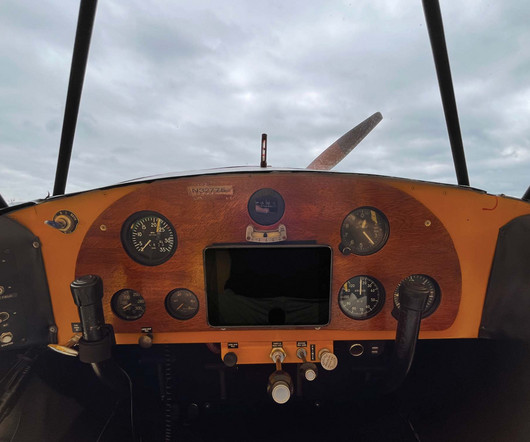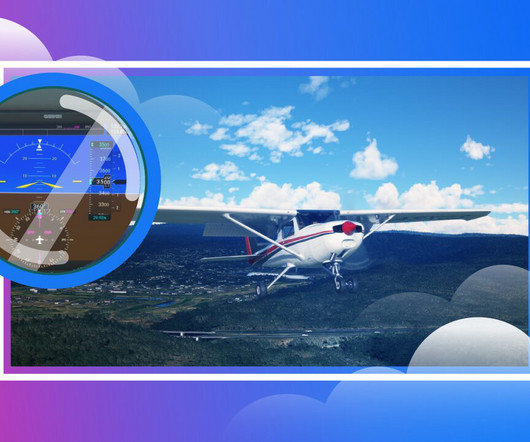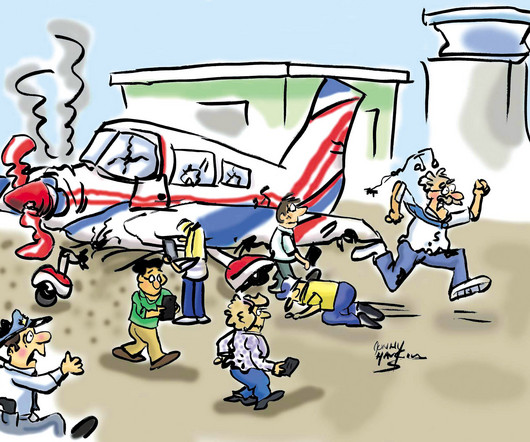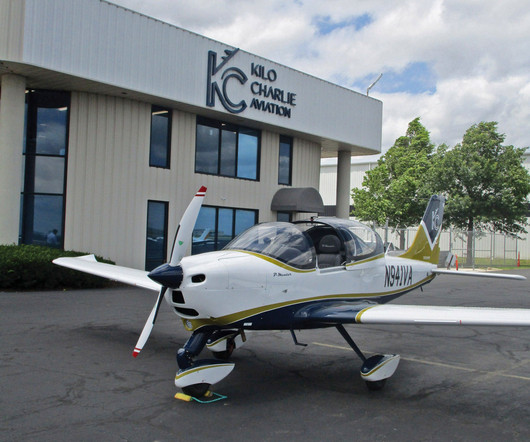The anatomy of a commercial flight – all you ever wanted to know: Part one
Aerotime
NOVEMBER 22, 2024
You might spot the spoilers popping up from the top of the wing and the ailerons deflecting upwards and downwards on the rear of the wing. After reaching 100 knots, the aircraft will continue to accelerate to what is referred to as its V1 speed. This marks the most critical point of the take-off run.
























Let's personalize your content